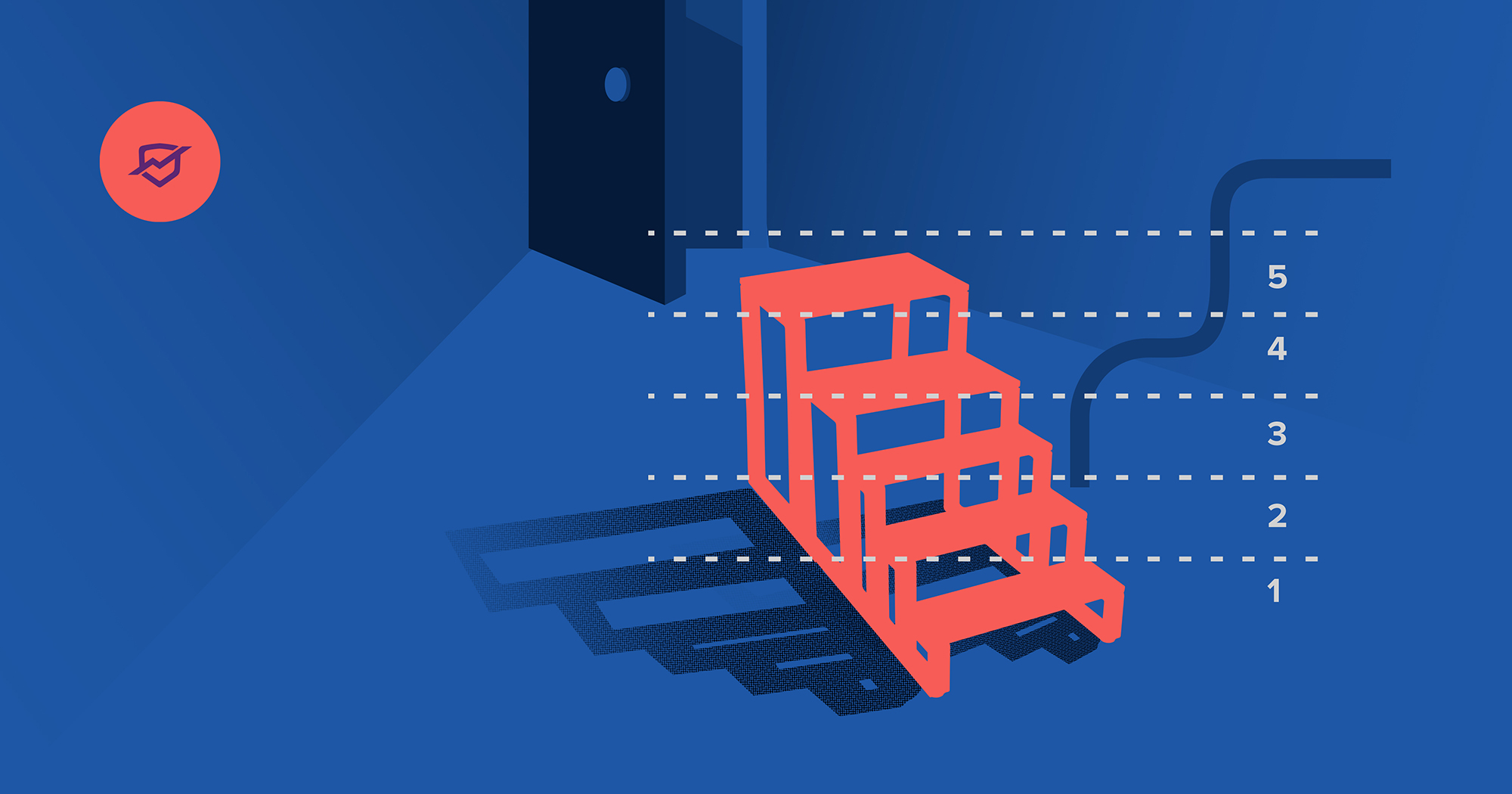While this blog post focuses on Australian home loans, there may still be valuable insights and strategies that readers from other countries can adapt to their own financial situations.
If you went into 2024 with a goal to really take stock of your finances, looking at your biggest expense might be the first place to start.
For most people, that expense would be their home loan.
A couple of years ago interest rates were at record lows, but we’ve now seen 13 interest rate rises in less than two years. For home loan borrowers, that’s a considerable difference in repayments.
The average monthly loan repayment would have gone from $2,487 to $4,036, assuming they’ve stuck with the same variable rate loan in that time and haven’t negotiated a better rate*.
If you haven’t had a look at getting a better interest rate (even in the last 12 months), it might be time to see if you can.
But remember, even with a lower interest rate, you might find yourself worse off. So here are seven pitfalls to avoid when you’re refinancing your home loan so that you can actually save money and still get the features you need.
1. Choosing a loan based on the low-interest rate alone
There are thousands of different home loan options out there; if it was all about choosing the loan with the lowest interest rate, what would be the point?
Everyone has different circumstances, and what makes a loan great for some people is exactly what makes a loan not so great for others. And sometimes, getting the right loan means paying a higher interest rate than the lowest on the market.
If you’re refinancing to a new loan, be sure to check that it’s suitable for you. For example, consider whether fixing your home loan will provide you peace of mind or whether you’ll want to take advantage if interest rates fall during the loan term.
2. Paying too much to refinance
Even if you’ve found an ideal loan with a lower interest rate and you’ve worked out your monthly repayments, you might not end up saving as much as you think.
Many loans come with exit or discharge fees — these are fees that need to be paid when you pay off your loan.
At the same time, a new loan may charge application fees and/or settlement fees. Over a long-term loan these fees should be fairly insignificant, but it’s worth checking.
You may also need to pay for the costs of a new property valuation, lenders’ mortgage insurance (LMI), and legal fees.
These are all costs you would need to be sure you can afford in the short term. If you’re refinancing because you’re struggling now with your repayments, it is probably worth trying to negotiate with your existing lender.
3. Paying fees that wipe out savings
Finding a loan with a lower interest rate and lower repayments isn’t enough. Beyond the fees that you might face when exiting or starting a loan, you need to check any other fees that come with the new loan.
Some loans have ongoing account-keeping fees and also other charges for features like an offset account.
Work out how much you’ll be paying in fees per month, and add this to your new monthly repayments to see how much you’ll really be saving.
You should also add any exit or establishment fees to those monthly calculations.

4. Sacrificing features
You might find yourself a lower interest rate but does the loan have the features you need?
Features like an offset account, extra repayments, and redraw are key features that offer flexibility and savings, and may not be worth sacrificing. Keeping money in an offset account may end up saving you more money than a slightly lower interest rate without an offset account would.
Some people may also benefit from a package loan, like those that come with credit cards.
Assess your needs before you jump at the lower rate.
5. Sacrificing ease and flexibility
Even if a bank offers the lowest rate and all the right features, it doesn’t mean it’s the right provider for you.
Depending on your circumstances, you might need a bank that offers things like branch access, mobile banking, and/or a choice over your repayment frequency.
Be sure to check that you can make repayments, access your account and speak to the bank in the way you would like to before you commit to the new loan.
6. Refinancing too soon
Although technically, you can refinance whenever you like, if you’ve only recently taken out your first home loan, it’s not necessarily going to be worthwhile.
Particularly the case with those who bought with less than a 20% deposit; you may end up having to pay LMI all over again if you still don’t have at least 80% equity in the home.
With exit and application fees you may also lose out on any savings if you have to pay those additional costs so soon.
7. Honeymoon rates
Some lenders will offer low-interest rates for an introductory period. The rate then reverts to a higher interest rate once that period is over, leaving you paying more.
If the new loan you’re looking at is offering an introductory rate, make sure that you calculate how much the repayments will be beyond that period to see if you’re really saving money. Even if you plan to refinance again after that, you’ll need to take into account all the other costs associated with refinancing, which may not be worth it so soon after.
For a rough estimate of the overall cost of the loan on a honeymoon offer, make sure you check the comparison rate of the loan.
*This calculation uses the average home loan value in March 2022, plus the RBA’s average home loan rate for variable owner-occupiers in March 2022 adding on the 4.25% increase in the cash rate.

Rebecca Pike is Finder’s senior writer for money. She joined Finder after almost four years writing for business publications in the mortgage and finance industry, including three years as editor of Mortgage Professional Australia. She regularly appears as a money expert on programs like Sunrise and Today, as well as across radio and newspapers.








